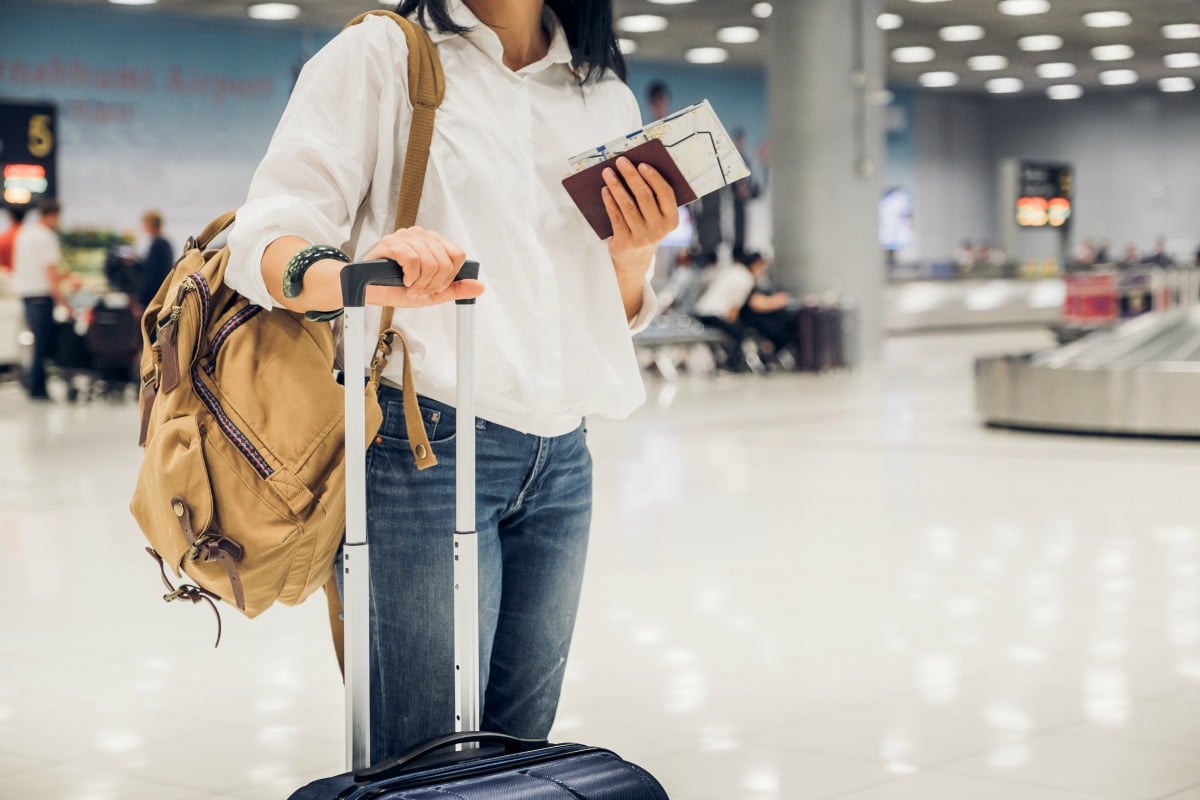
Australia is doing well at suppressing COVID-19. Very well, actually.
Our new daily cases are hovering around a dozen, the Prime Minister is using phrases like “the road out”, and social distancing restrictions are being gently wound back in some states.
Of course, there’s a long way to go yet. A vaccine could be 12 months away, and public health measures will be part of our lives until that’s available.
But politicians, scientists and industry are beginning to explore how Australians might at least be able to start safely moving around again in the coming months. Be it travelling between cities, across state borders, or even to nearby countries.





























































































